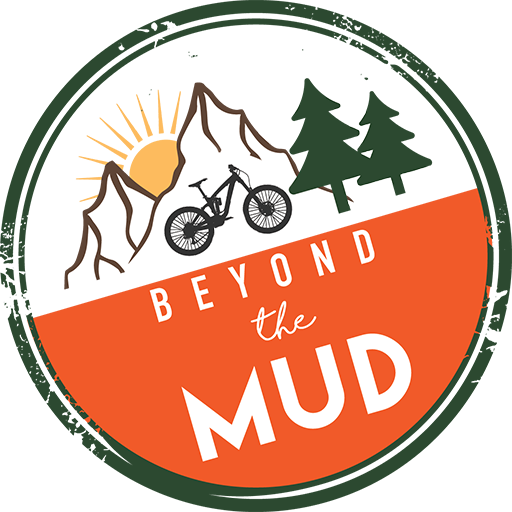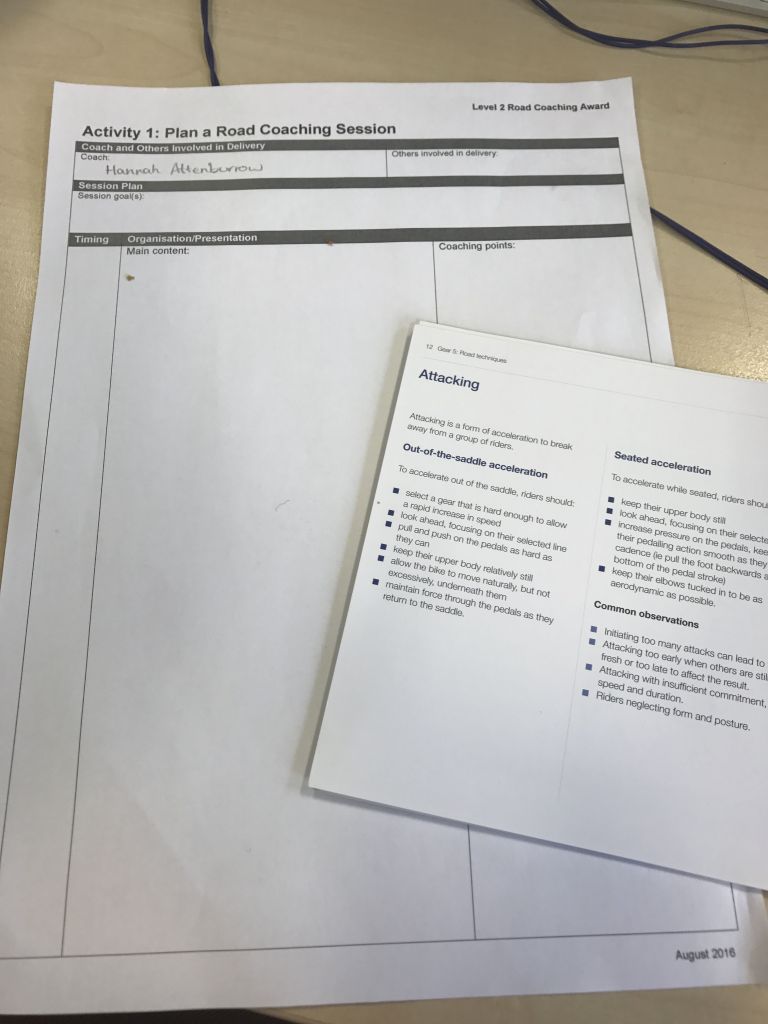
by hattenburrow | Apr 25, 2017 | Coaching, Training
Last weekend I travelled to Cyclopark in Kent to take part in my Level Two Road Cycling Course with British Cycling.
The two day course started with a development day and then assessment on the Sunday. Before the course start date we had an online learning platform where I completed a online assessment on road cycling (86% yay!) and also has to plan for a 10 minute coaching session on development day. This was also an opportunity to meet the other participants which was very helpful.
I chose countering an attack as my technique and worked on a 10 minute session which included seated and standing attacks as well as countering attacks from a bunch.

On development day we each had a chance to learn as a participant in sessions and to coach our own session. When it came to my turn I decided to leave out my first activity worried that I had packed in too much content. I started my session with an introduction which in hindsight was probably too long and then set my riders off. Sadly my session over ran as I tried to pack in far too much content. My session needed a clearer goal and refining for assessment day but I understood where I could improve it to make a more active.
The rest of the morning was spent being a participant in other people’s sessions this was really valuable as being a rider in a coaching session you can learn different ways of being coached and also look at coaching from a rider’s perspective which helps me to improve my own sessions. It was very wet and cold but the learning experience was so valuable.
In the afternoon we went through how to really drill down and create specific goals that related to types of road races and the components of fitness. This really helped me think about my own sessions and how I can create better coaching sessions with specific goals to be reached by riders by the ends of sessions.
My brain active and full of ideas I went back to my hotel Saturday ready to adapt my session plan ready for the 15 minute assessment on Sunday.
Sunday arrived and luckily the rain didn’t! My assessment went well instead of my goal being around countering an attack I looked more specifically at how riders can gain free speed. I focused on keeping my riders doing the same type of activity with subtle changes and adding in coaching points and checking for understanding as I went along.
My session went very well and I got good feedback from Richard and also lots of ideas on how I could adapt and progress my session further.
In the afternoon we did coach led racing which is different from ‘normal’ coaching sessions as you set up scenarios which could happen in a race, let it play out and then come in and discuss tactics and get feedback from the riders on what they did and how they would improve their performance. This was a really interesting way of coaching and I think with older kids and adults could work very well for coaching road and mountain bike sessions as it puts learning into practise in a more realistic setting.
I am really glad that I passed my Level two Road qualification it was a good weekend and I learnt so much and have loads of ideas for road racing sessions, now all I have to do is put some times in the diary to run some.
If you are interested in road racing coaching sessions in Hampshire and West Sussex please contact me.
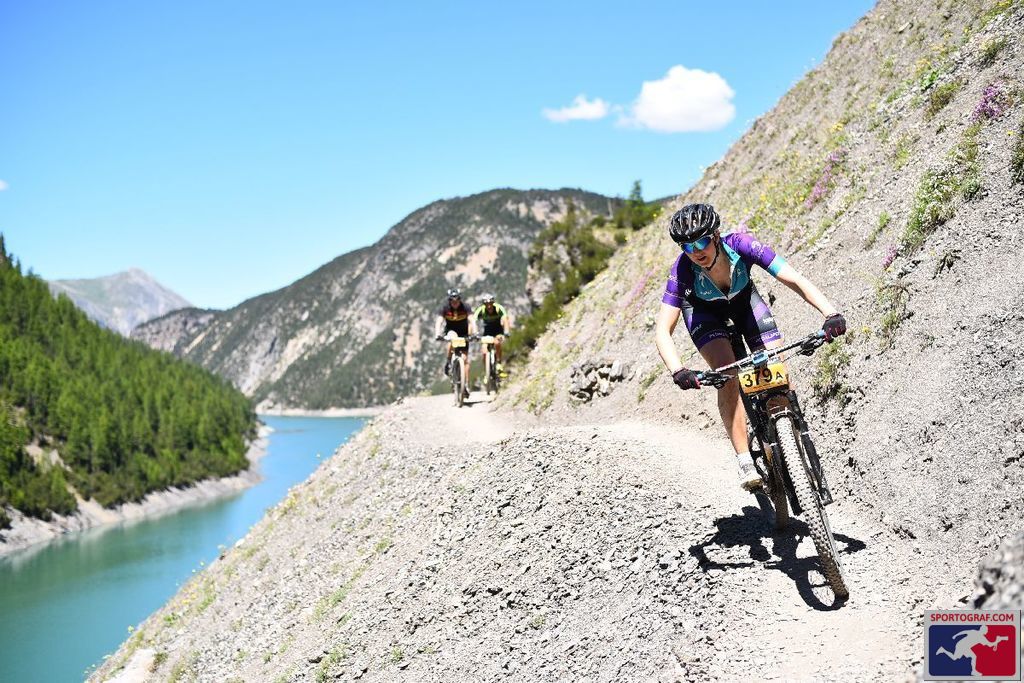
by hattenburrow | Mar 10, 2017 | Coaching, Training
Should you hire a coach?
Last year I raced the Bike Trans Alp a stage race from Austria to Italy over 7 days, climbing 19,000 metres. I had never raced anything like this before. I had never ridden the distances required on multiple days let alone raced it! Climbing alpine mountains was also a new challenge, but I was excited about pushing my limits and seeing what I was capable of.
One of the key factors in getting me ‘race’ fit was hiring Mark at Velo Coaching. As a cycling coach myself I understood the basic principles of training and the sorts of sessions I should be putting together, to increase my endurance and also my ability to climb economically, however I had no real idea in how to put this together as a training plan that would allow for recovery and the adaptation in my physiology that I needed.
Mark and I worked together to look at my daily commitments like working hours, my own cycling coaching sessions and time to spend with my family. From there we plotted what type of training I could do around this and added in some important recovery time.
Having a plan made it easy for me to focus on a day at a time and not get overwhelmed with the task ahead.

I am a self-motivated person and if I want something I am prepared to make sacrifices to make it happen, having said this, having a coach there to motivate me and analyse my progress was one of the most helpful tools. Every week Mark would look at my training and we would discuss over Training Peaks what was going well and what wasn’t. As a cycling coach myself I didn’t need hand holding through my sessions I just needed the structure to work within.
The Trans Alp bike race came round in July 2016 quicker than ever and as my Dad and I drove to Austria I felt prepared, safe in the knowledge I had put in as much training as I could manage and was as ready as I could be.

It was in the Autumn after returning from the alps I had an email from someone about coaching, they weren’t sure if they were ‘good enough’ to have a coach.
My experience is that having a coach can make a difference to the small things like, for example as I have a lot going on in my work it made the task of planning and analysing my training a weight off my mind, I new Mark was there working that out so all I had to do is put on my kit and go cycling and not put too much thought into the planning stage it was all laid out for me. I think also from a confidence point of view having a coach to say it’s okay if it doesn’t go well every race or you need to work harder on hill climbing.

My thoughts are if you want to get better at something then it takes practise and patients. Getting expert advice whether you’re looking to just feel more confident when you’re out riding with your family or you are aiming for a challenge, anyone can grow as a rider and become better with the guidance of a good cycling coach.

If you would be interested in me helping you, please get in touch.
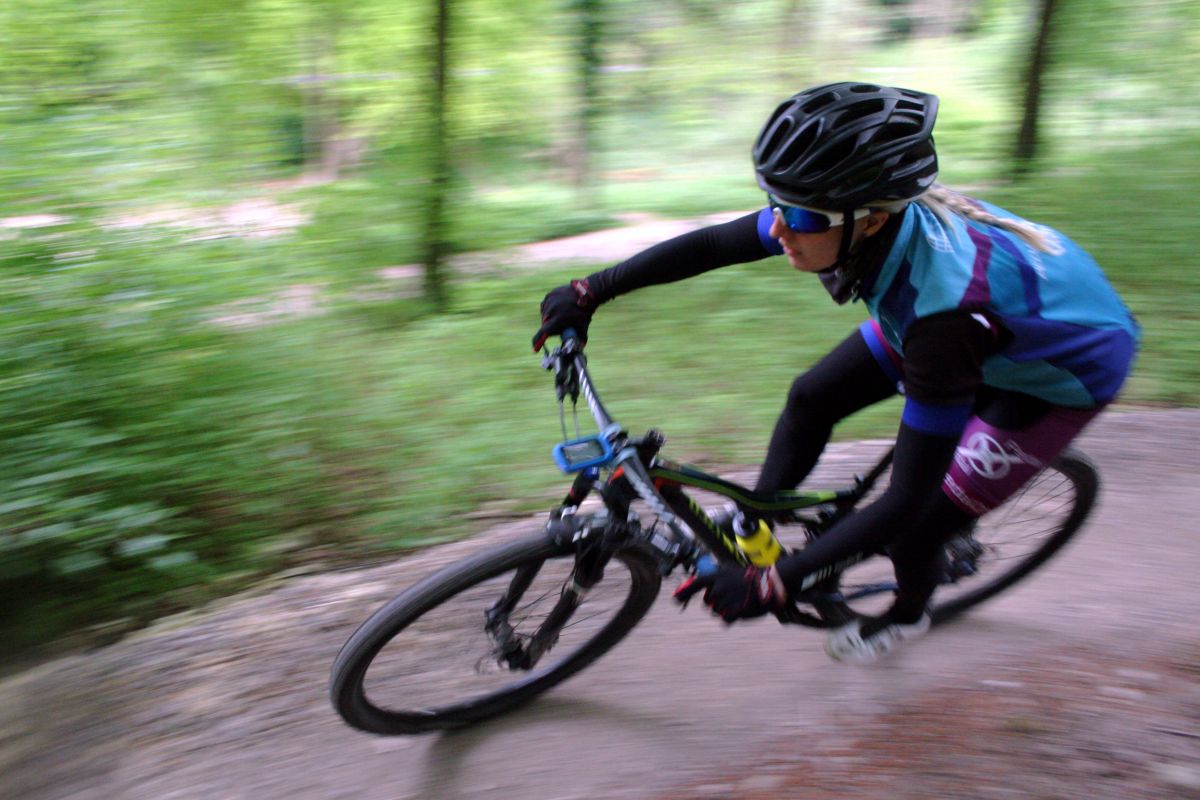
by hattenburrow | Mar 6, 2017 | Coaching, Training
I have never given / taken anything up for lent but this year my challenge is to ride to and from work at least once a week, so far so good!
For those of you who started out triumphantly giving up chocolate or bread this week and feel like 40 days is going to be a lot to bear, why not give up a cycling bad habit instead?

Here are my top four bad habits you could have ago at breaking.
- Not cleaning your bike after riding
Regularly cleaning and maintaining your bike reduces the impact of standard wear and tear and can lessen the chances of mechanical failures down the line. It also gives you an opportunity to check your bike over for any issues that may stop you riding next time you head to the shed.
- Going out unprepared for punctures
We’ve all been guilty of this one. About as far from home as your route allows and you suddenly feel like your dragging a dead weight, that awful feeling when you realise you have no puncture repair kit or pump… Even if your going out with friends who are usually ‘prepared’ you should be able to look after yourself. This leads nicely onto my next bad habit…
- Not knowing how to change an inner tube
I was rather shocked to find out my Mum, who is a budding road cyclist, has no idea how to change an inner tube. It is a simple skill and a vital one if you want to be independent when your cycling. I will do a video on this soon so watch this space and let me know if there are any other skills you would like to learn?
- Braking in a corner
The first rule of cornering is to scrub off all excess speed before you arrive at the corner, braking in the corner disrupts your flow and on the road can make your tyre grip less effective. My top tips to improve your technique are, scrub off all your speed before the corner, take the corner wide and head in towards the apex, when choosing your line take the straightest one possible. As you begin to exit the corner, keep looking ahead up the road to ensure you spot and anticipate any obstacles or hazards.

Thanks for reading, I hope you have enjoyed my blog post.
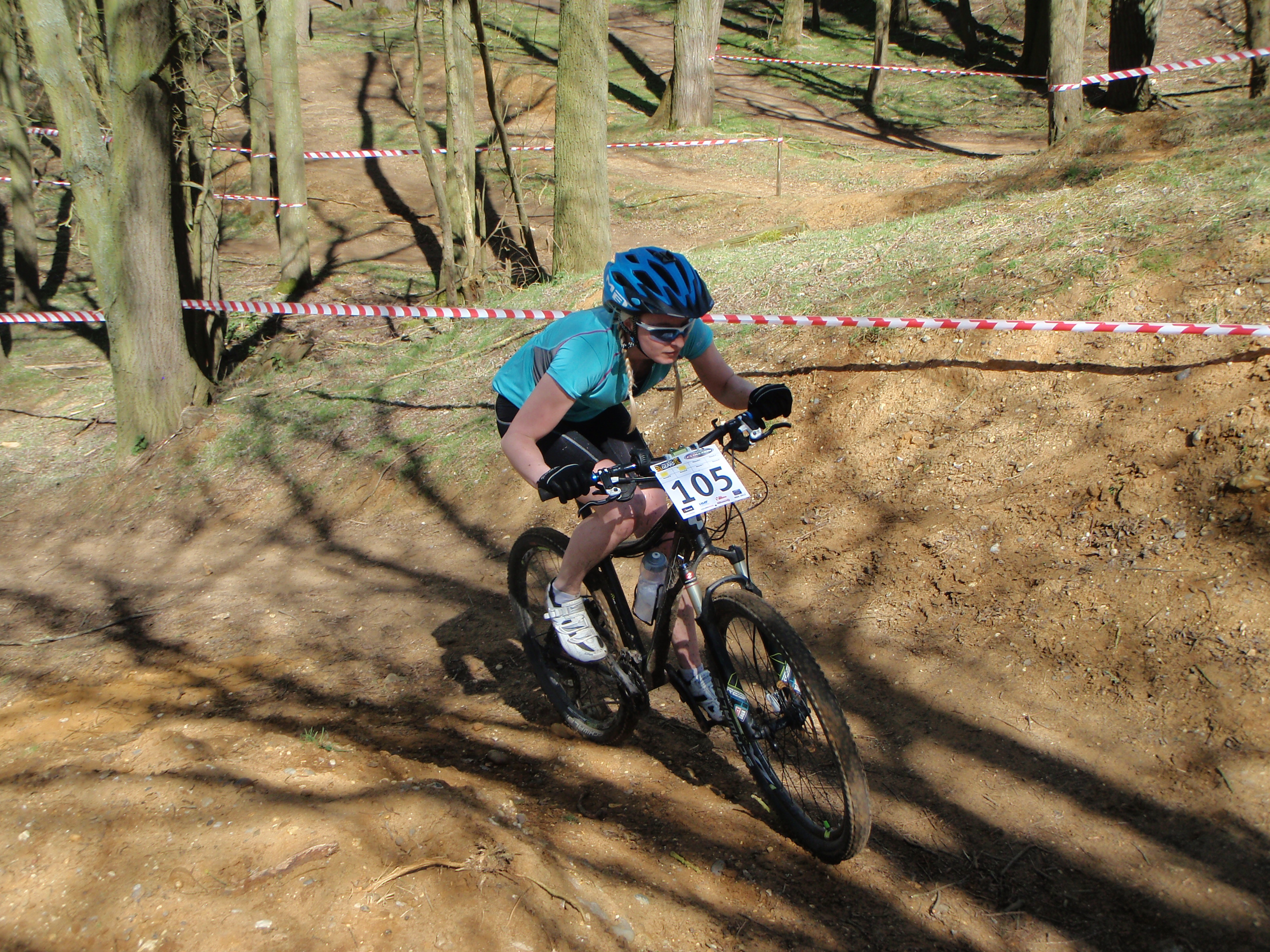
by hattenburrow | Feb 26, 2017 | Coaching, Racing, Uncategorized
So you want to enter a mountain bike race? Go for it!
I have raced cross-country mountain biking for 4 years now and it is a really great way to get into mountain biking and meet awesome mountain bikers who will make you feel part of the family. As a women rocking up to a mountain bike race, which is a male dominated sport, can feel a little daunting!

I remember my first nationals; I drove myself to Kent which was about 3 hours from where I was living to this big field. I arrived mega early and hardly anyone else was there. I went out and practised the course, which was far tougher than the regional I had been used too, but I enjoyed the challenge. Returning to the field it was now full custom lycra kits, rollers and turbo trainers humming away, everyone looked so serious I felt out of my depth and a little daunted.

Before we were gridded we had to go into a holding pen, a little bit like sheep at the county show, and ‘warm up’ I was over thinking everything and feeling quite uncomfortable and not ‘ready to race’. Until a lovely girl called Fern started to chat to me and within moments I felt calmer and not so alien. The race went well and I left feeling happy and a lot more confident in my ability and looking forward to my next race.

From experience these feelings I felt are not uncommon among the women I have coached, so I wanted to share my top 10 tips.
- Don’t take yourself to seriously, everyone starts somewhere, the fact you’re out doing instead of saying you would ‘like to’ is something to be proud of
- Believe in yourself, your stronger than you think
- Have a good breakfast – Whatever works for you just make sure you eat and also drink
- Have a pre-race/challenge meal ready and waiting with a friend or in the car
- Know where the start and finish of the race is (usually the same place, but I did miss coming third once because the finish was somewhere different!)
- Make sure you drink whilst you race
- If you have a number on your back, pin it on whilst bent over so it’s not too tight
- Have a practise lap, if something seems technical do it a couple of times, allow plenty of time to arrive and feel able to do this before the start of the race
- Plug in to good music whilst warming up
- Chat to people we’re a friendly bunch 🙂


by hattenburrow | Jan 18, 2017 | Breeze, Coaching, Training
January is an odd month, after the high from Christmas it can be quite a low month. Low on funds, low on effort and low on dedication to stick to those New year’s resolutions you made one the first. Myself included in this!
This makes it an odd month to decide to set your yearly goals. Talking to a friend recently I asked what were her new year resolutions she said “oh I don’t set them in January, I know what I want to achieve in the big picture and then every other month I re-assess” I can see the benefit in this, it adds in an important part to goal setting, which most people don’t think of and that is the analysis of those goals on a frequent basis. It makes your goals/New year resolutions more tangible by setting mile stones you can celebrate and know you’re on/off track.

This is why I like to have a plan of how I am going to get from A to B and then on to C. It’s sensible really you wouldn’t start driving your car without planning the journey. The same comes for setting fitness goals you need to plan and assess that plan as you go. So I have been thinking of ways in which I can help you with your fitness goals and make sure my own go to plan at the same time!
Your goals need to be SMART. Specific, Measurable, Achievable, Realistic and Timed. It is alright setting out to ‘get fitter’ for the New Year but what does that look like? How is it going to feel when you get there? How will you know, what stepping stones will you go through on the way to your goal of ‘fitter’.

One thing I have found over my years of training is if you don’t know if your improving you tend to ‘flat line’ going out thinking you’re working hard only to find out when it actually matters that you probably could of pushed harder in training. So it is important to set yourself markers so you will know if it’s going well or if you need to sit yourself down and have a chat! This can also work the other way of course sometimes your pushing so hard towards your goal you forget that rest is the valuable time when your body recovers, re-energises and gets stronger. As a woman I think it’s sometimes harder to properly rest. Or at least that how it seems in my house, my rest days involve house work and a number of other things which mean I don’t always properly rest. A way to test how well you’re recovering is with your heart rate (HR) measuring your resting HR in the mornings will give an indication over training. The best way is to measure when you’re lying down 5 mins after waking, record for 5 days if you see an increase over 2 beats per min you could be heading towards over training. Give yourself a day off.
Heart rate is a great, cost effective way to measure your fitness and create controlled training sessions. By measuring your heart rate you can work out your HR zones and from there you can develop your training in these specific zones.
So my top tips for your 2017 goals are:
- Set SMART goals
- Measure your progress whether that is in a diary or using Garmin/Strava
- Take time to properly rest
- Spend time running/riding/walking with friends
- Create milestones to work towards
- Drink plenty of water
I’d love to hear your goals for 2017 please comment below.
Good luck for 2017 x
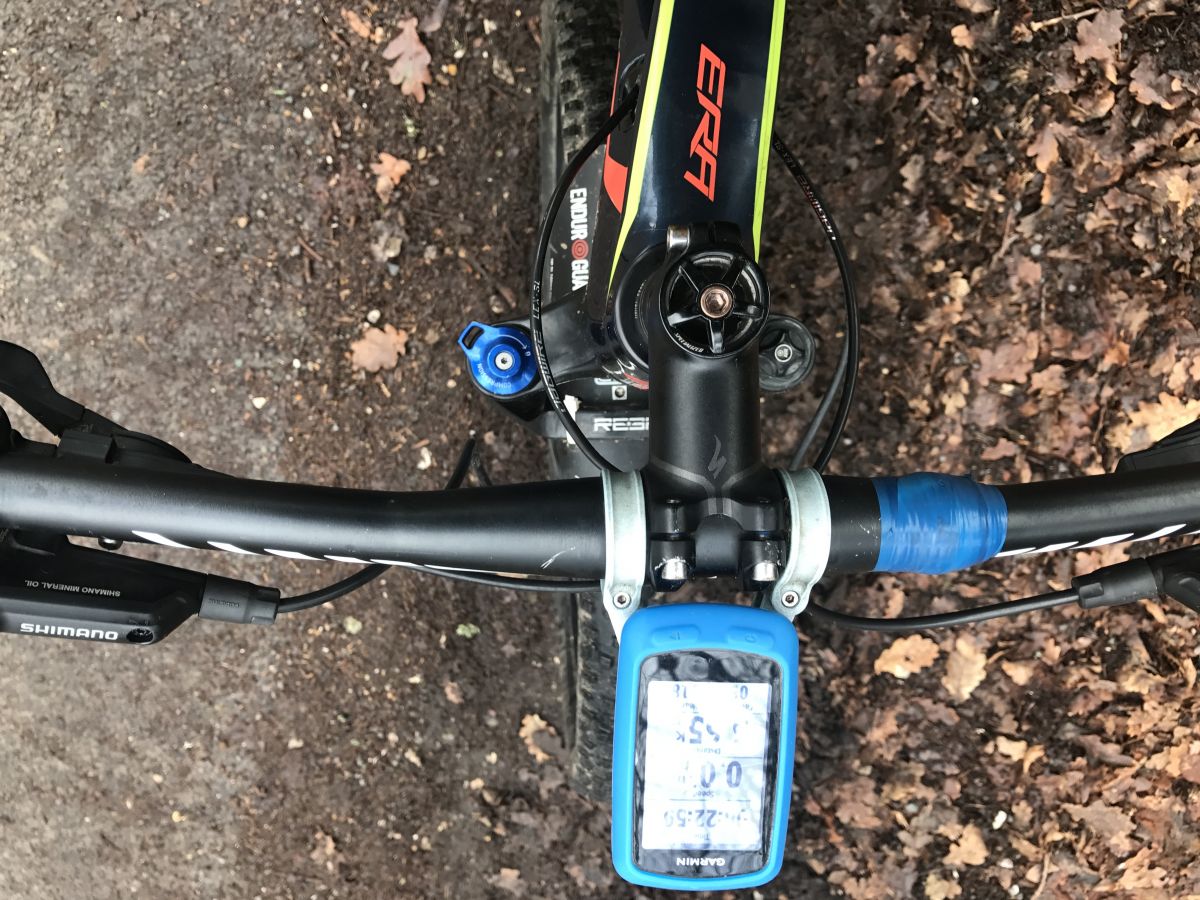
by hattenburrow | Jan 9, 2017 | Coaching, Training
I have recently started training ready for my solo and pair 24 hour races later on in the year. They feel very far off at the moment, I know from experience that it takes a while for your body to adapt to training.
One of the best ways to improve your power is to use hill repeats, these sessions usually take between one hour and one hour 30 so are ideal for fitting into lunch breaks and before work.
The training session.
Depending on your level of fitness would depend on the amount of reps. I set myself 8.
- Warm up for a good 15/20 minutes in heart rate (HR) zones 1 and 2 if you’re a HR meter
- 3 min power climb to the top of the hill push as hard as you can, I find counting to 10 before switching gears makes me push harder (zone 5 HR)
- Use the lap button on your Garmin to record each climb
- Free wheel down the hill and have a 3 min rest
- Repeat 5 – 8 times
- Easy cool down for 15 mins
Spending time in the pain-cave can really help to improve your stamina, threshold power and determination to push that little bit further or faster. You goal over this session should be to maintain the speed in which you climb the hill consistently over each rep and to improve your recovery between reps.
To find some great tips on hill climbing check out the British Cycling website.



